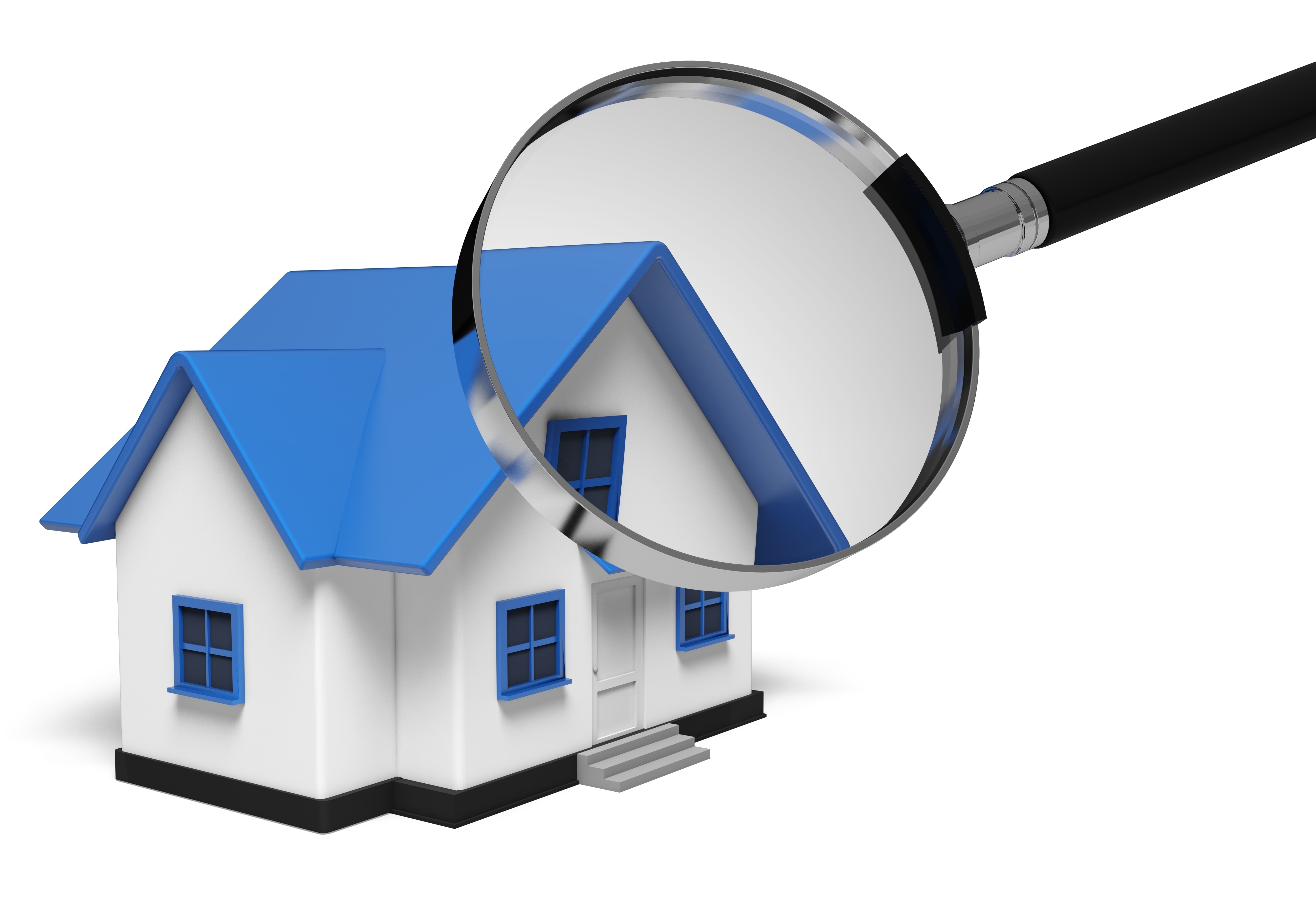
Home Appraisals: A PrimerA home purchase is the largest transaction many of us may ever make. It doesn't matter if where you raise your family, a seasonal vacation home or an investment, the purchase of real property is a detailed transaction that requires multiple parties to pull it all off. Practically all the people involved are quite familiar. The real estate agent is the most recognizable face in the transaction. Then, the bank provides the money necessary to fund the transaction. The title company sees to it that all requirements of the exchange are completed and that a clear title transfers from the seller to the purchaser. So, what party is responsible for making sure the real estate is worth the purchase price? This is where you meet the appraiser. We provide an unbiased estimate of what a buyer might expect to pay — or a seller receive — for a property, where both buyer and seller are informed parties. A licensed, certified, professional appraiser from Megan Guesnon will ensure, you as an interested party, are informed. Inspecting the subject propertyTo ascertain the true status of the property, it's our responsibility to first perform a thorough inspection. We must physically see features, such as the number of bedrooms and bathrooms, the location, and so on, to ensure they really are there and are in the shape a reasonable person would expect them to be. The inspection often includes a sketch of the house, ensuring the square footage is accurate and illustrating the layout of the property. Most importantly, the appraiser identifies any obvious features - or defects - that would have an impact on the value of the property. After the inspection, an appraiser uses two or three approaches to determining the value of the property: a sales comparison, a replacement cost calculation, and an income approach when rental properties are prevalent. 
Cost ApproachThis is where the appraiser uses information on local construction costs, the cost of labor and other elements to calculate how much it would cost to construct a property comparable to the one being appraised. This figure usually sets the upper limit on what a property would sell for. It's also the least used method. 
Paired Sales AnalysisAppraisers can tell you a lot about the communities in which they work. They innately understand the value of particular features to the residents of that area. Then, the appraiser researches recent transactions in close proximity to the subject and finds properties which are 'comparable' to the home being appraised. Using knowledge of the value of certain items such as square footage, additional bathrooms, hardwood floors, fireplaces or view lots (just to name a few), we add or subtract from each comparable's sales price so that they more accurately match the features of subject.
A true estimate of what the subject could sell for can only be determined once all differences between the comps and the subject have been evaluated. When it comes to putting a value on features of homes in Tracy and San Joaquin, Megan Guesnon can't be beat. The sales comparison approach to value is usually awarded the most consideration when an appraisal is for a home exchange. Valuation Using the Income ApproachA third method of valuing real estate is sometimes used when an area has a measurable number of rental properties. In this situation, the amount of income the property produces is factored in with other rents in the area for comparable properties to determine the current value. The Bottom LineCombining information from all applicable approaches, the appraiser is then ready to put down an estimated market value for the subject property. The estimate of value on the appraisal report is not always what's being paid for the property even though it is likely the best indication of what a property is worth. Depending on the specific circumstances of the buyer or seller, their level of urgency or a buyer's desire for that exact property, the closing price of a home can always be driven up or down.But the appraised value is often used as a guideline for lenders who don't want to loan a buyer more money than they could recover in case they had to sell the property again. The bottom line is, an appraiser from Megan Guesnon will help you discover the most accurate property value, so you can make the most informed real estate decisions. |